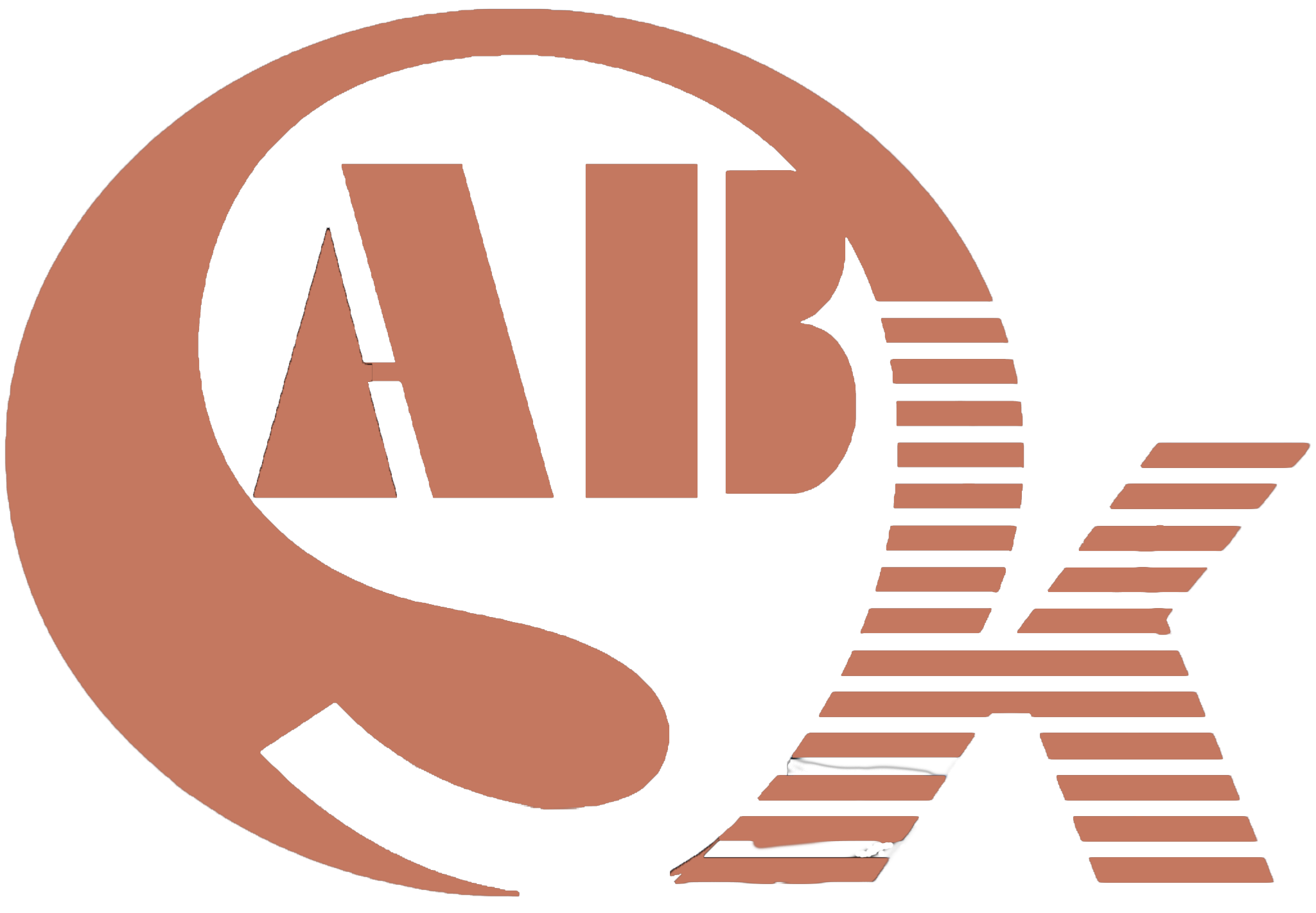Harmony in the Breeze: Decoding the Intricacies of Wind Tower Production
In the pursuit of sustainable energy, wind towers stand tall as symbols of progress, harnessing the power of the wind to generate clean electricity. The production of these towering structures is a harmonious blend of engineering precision, advanced technology, and environmental consciousness. In this exploration, we delve into the intricate process of wind tower production, unveiling the steps involved, the technologies employed, and the considerations that shape the creation of these giants on the horizon.
Crafting the Foundation: Material Selection and Preparation
1. Choosing the Right Materials: Strength and Durability at the Core
The journey of wind tower production begins with the careful selection of materials. High-strength steel is the primary choice for the structural components of wind towers, providing the necessary strength to withstand the forces exerted by the wind. The steel undergoes stringent quality checks to ensure it meets the required standards for durability and performance, laying the foundation for a robust wind tower.
2. Precision Cutting and Shaping: Molding the Future Structure
Once the steel is selected, precision cutting and shaping come into play. Advanced cutting technologies, such as laser or plasma cutting, carve out the individual components of the wind tower. The precision in cutting ensures that each piece fits seamlessly with the others during assembly. Shaping processes, including bending and rolling, give the components their final form, setting the stage for the tower’s structural integrity.
Building Blocks in Motion: Welding and Fabrication
1. Meticulous Welding: The Artistry of Seamless Joints
Welding is a crucial step in wind tower production, where the individual components are joined together to create a unified structure. Advanced welding techniques, including submerged arc welding and robotic welding, are employed to ensure the highest quality and precision in every joint. The meticulous welding process is not just about strength but also about creating seamless connections that contribute to the tower’s aerodynamic efficiency.
2. Quality Control: Ensuring Structural Integrity
Assembled components undergo rigorous quality control checks to ensure that each weld meets industry standards. Non-destructive testing methods, such as ultrasonic and X-ray inspections, are employed to identify any defects or imperfections. This stringent quality control process guarantees the structural integrity of the wind tower, ensuring it can withstand the dynamic forces it will face in its operational life.
Toward the Sky: Tower Erection and Assembly
1. Preparing the Foundation: Anchoring the Tower Securely
Before the tower reaches for the sky, a solid foundation must be established. The tower base is securely anchored to the ground using specialized foundation structures. The type of foundation varies depending on factors such as soil conditions, wind loads, and tower height. Ensuring a stable foundation is crucial for the overall stability and safety of the wind tower.
2. Tower Assembly: Piecing Together the Puzzle
With the foundation in place, the actual assembly of the wind tower begins. Tower sections, often transported in segments due to their size, are lifted into position using cranes or specialized equipment. The precision in assembly is paramount, as each section must align perfectly with the next. Bolted connections secure the sections together, creating a seamless and robust tower structure.
Reaching for the Wind: Turbine Installation
1. Mounting the Nacelle: Housing the Heart of Power Generation
The nacelle, housing the turbine’s critical components, is mounted atop the wind tower. This step involves careful lifting and alignment to ensure a secure fit. The nacelle contains the generator, gearbox, and other essential components that convert wind energy into electricity. Precision in nacelle installation is vital for the efficient operation of the wind turbine.
2. Attaching the Blades: Capturing the Wind’s Energy
The final touch in wind tower production is the attachment of the turbine blades. The aerodynamic design of the blades is essential for maximizing energy capture from the wind. The blades are carefully attached to the hub, and their pitch angle is adjusted to optimize performance. This transformative moment completes the assembly of the wind turbine, ready to harness the power of the wind.
Sustaining the Future: Environmental Considerations
1. Eco-Friendly Coatings: Protecting the Tower and the Environment
Environmental consciousness plays a significant role in modern wind tower production. Eco-friendly coatings, such as high-performance paints and corrosion-resistant finishes, are applied to protect the tower from the elements. These coatings not only enhance the tower’s lifespan but also contribute to sustainability by minimizing the environmental impact of manufacturing processes.
2. Recycling and End-of-Life Considerations: Closing the Loop
Wind tower manufacturers are increasingly focused on end-of-life considerations. Sustainable practices include designing towers for disassembly, facilitating recycling of materials, and minimizing waste. As the wind energy industry continues to grow, responsible practices in wind tower production contribute to a more sustainable and eco-friendly energy landscape.
Conclusion: Where Engineering Meets the Wind
In conclusion, the process of wind tower production is a symphony of engineering precision, technological innovation, and environmental consciousness. From material selection to tower erection, each step is carefully orchestrated to create structures that stand tall as beacons of clean energy. As the wind industry continues to advance, the art and science of wind tower production play a pivotal role in shaping a sustainable and harmonious future.
